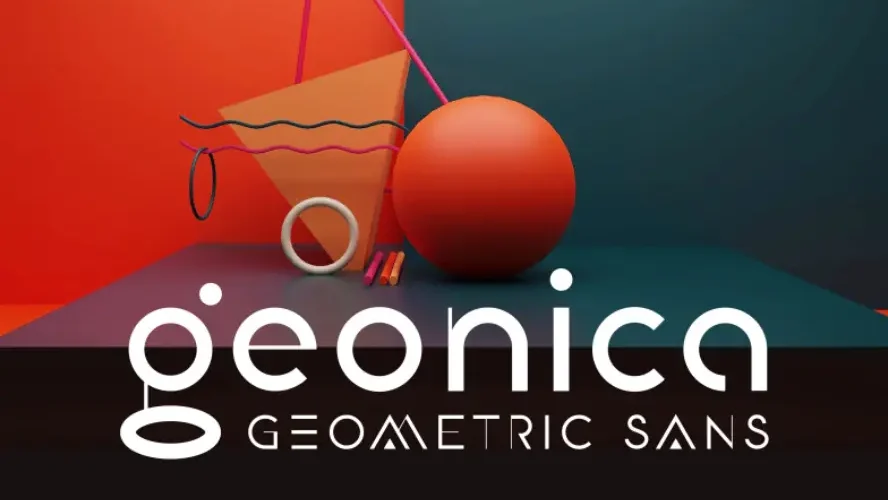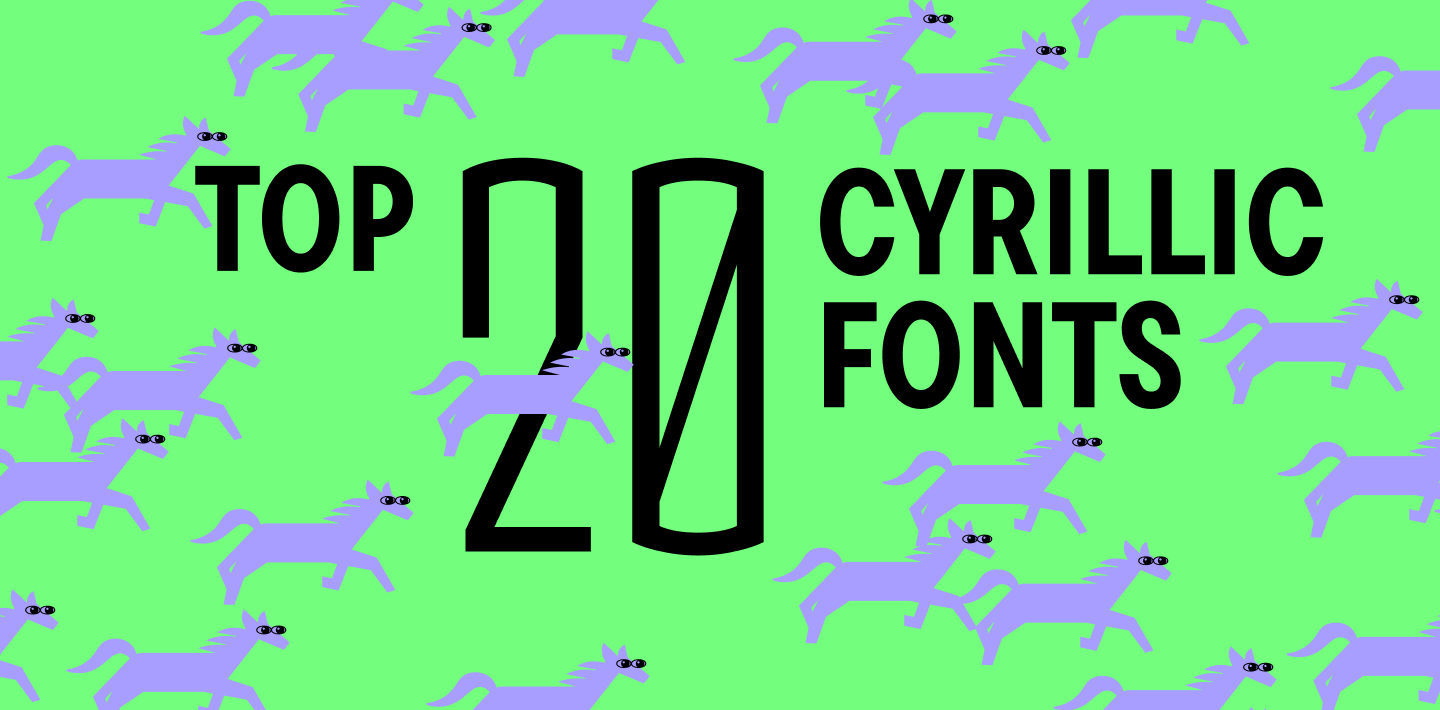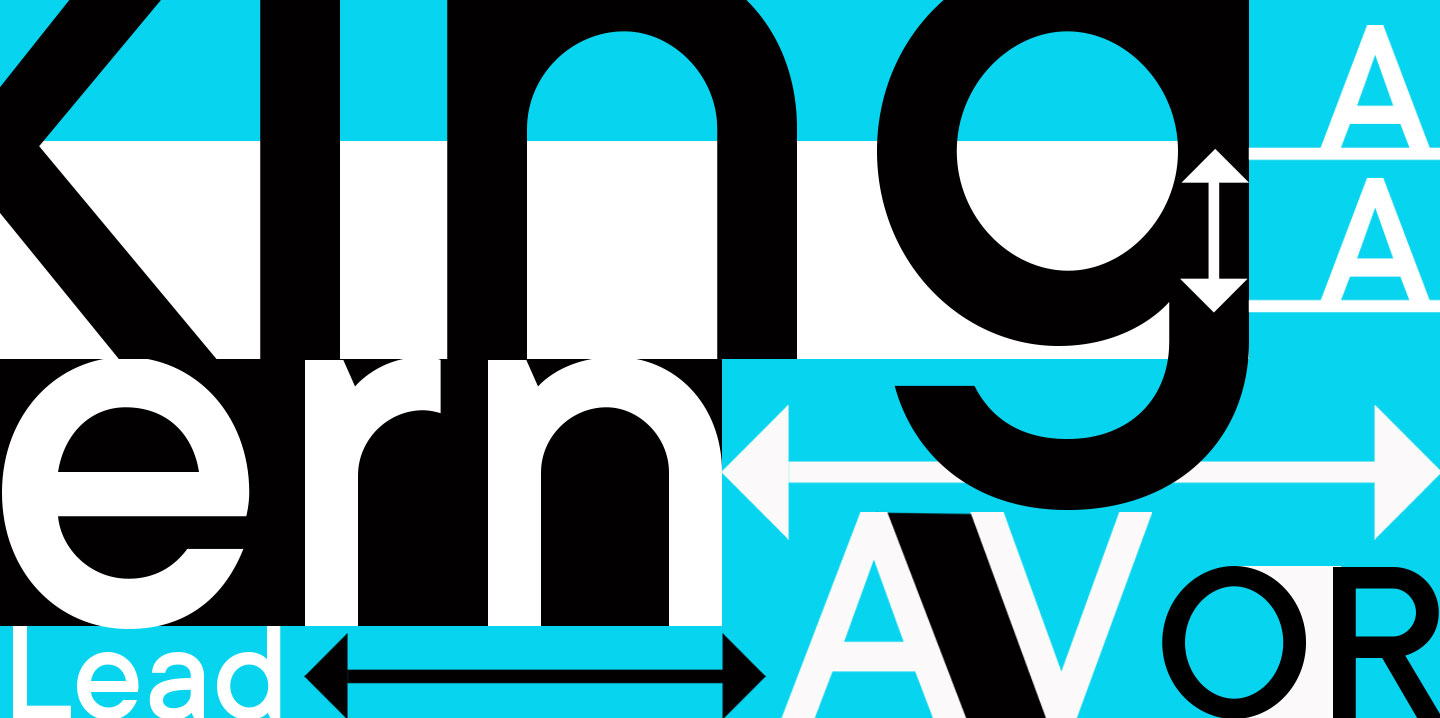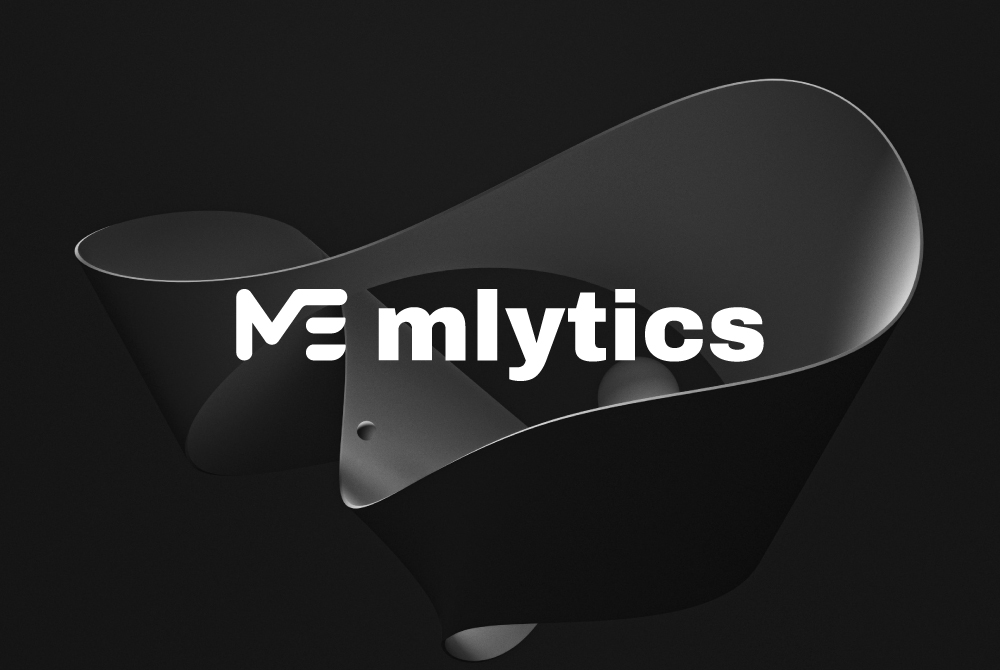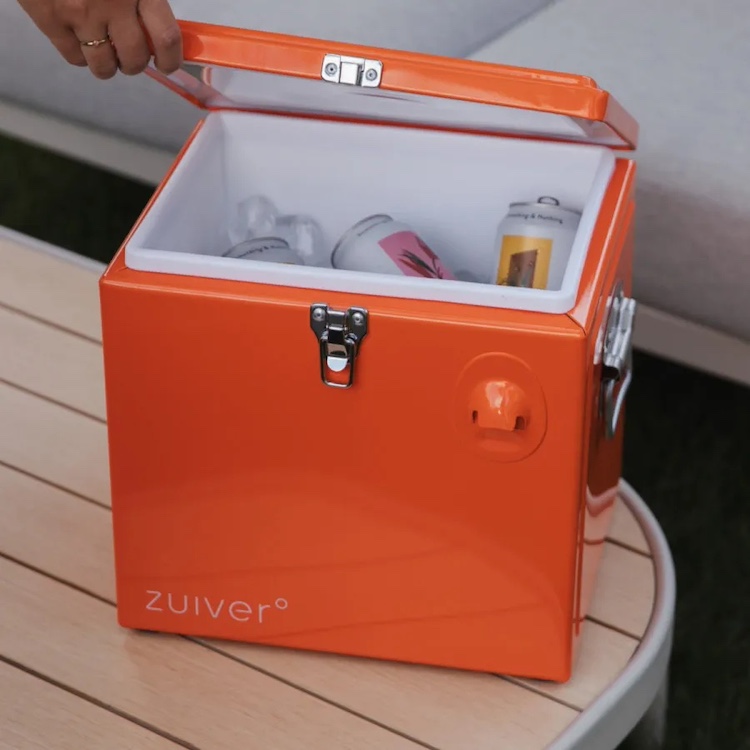Geometric sans-serif fonts have develop into a cornerstone of recent design, identified for his or her clear traces, minimalist aesthetics, and flexibility. Whether or not you’re designing a web site, making a model identification, or engaged on a print undertaking, Geometric Sans fonts provide an ideal mix of performance and elegance. On this article, we’ll discover every part it’s worthwhile to learn about Geometric Sans-Serifs, together with their historical past, traits, common examples, and use them successfully.
What Are Geometric Sans-Serifs?
Geometric sans-serif fonts are a class of typefaces characterised by their easy, geometric shapes. These fonts are constructed utilizing fundamental geometric kinds like circles, squares, and triangles, leading to a clear, trendy, and extremely readable design. Not like humanist or grotesque sans-serifs, Geometric Sans fonts prioritize symmetry and uniformity, making them ideally suited for modern design initiatives.
Key Traits of Geometric Sans-Serifs
- Easy Shapes: Letters are constructed utilizing geometric kinds like circles (e.g., the letter “O”) and straight traces (e.g., the letter “H”).
- Uniformity: Strokes and letterforms are constant in weight and width, making a balanced and harmonious look.
- Minimalism: Geometric Sans fonts typically characteristic minimal elaborations, specializing in readability and ease.
- Trendy Aesthetic: These fonts are related to a futuristic and tech-savvy vibe, making them common in digital design.
- Versatility: They work properly in each massive headlines and small physique textual content, making them appropriate for a variety of purposes.
Historical past of Geometric Sans-Serifs
The Geometric Sans-Serif type emerged within the early twentieth century, influenced by the Bauhaus motion and modernist design ideas. Designers sought to create typefaces that mirrored the economic age, emphasizing performance and ease. Some key milestones within the historical past of Geometric Sans embody:
- 1927: The discharge of Futura by Paul Renner, probably the most iconic Geometric Sans fonts.
- Nineteen Thirties-Fifties: The rise of modernist design and the recognition of Geometric Sans in promoting and print.
- twenty first Century: The resurgence of Geometric Sans in digital design, pushed by the necessity for clear, scalable fonts for screens.
Why Are Geometric Sans-Serifs So Widespread?
Geometric Sans fonts have stood the take a look at of time as a result of their timeless attraction and adaptableness. Right here’s why they continue to be a favourite amongst designers:
- Clear and Trendy: Their minimalist design aligns with modern aesthetics.
- Extremely Readable: The uniformity and ease make them simple to learn in each print and digital codecs.
- Versatile: Appropriate for a variety of purposes, from branding to consumer interfaces.
- Tech-Pleasant: Their geometric construction makes them ideally suited for responsive internet design and high-resolution screens.
Widespread Examples of Geometric Sans-Serifs
Listed below are among the most generally used Geometric Sans fonts:
- Futura: A traditional Geometric Sans font designed by Paul Renner in 1927. Recognized for its clear traces and timeless attraction.
- Montserrat: A contemporary Geometric Sans impressed by city typography from the early twentieth century.
- Round: A well-liked font utilized by manufacturers like Spotify, identified for its rounded geometric shapes.
- Avenir: Designed by Adrian Frutiger, Avenir combines geometric precision with a contact of humanist heat.
- Roboto: Google’s signature Geometric Sans font, designed for optimum readability on screens.
- Proxima Nova: A hybrid font that blends Geometric Sans with humanist parts, making it extremely versatile.
Tips on how to Use Geometric Sans-Serifs Successfully
Geometric Sans fonts are extremely versatile, however utilizing them successfully requires cautious consideration. Listed below are some ideas:
1. Pairing with Different Fonts
- Distinction is Key: Pair Geometric Sans with serif or script fonts to create visible curiosity. For instance, use a Geometric Sans for headlines and a serif font for physique textual content.
- Keep away from Overloading: Stick to 2 or three fonts to take care of a clear and cohesive design.
2. Selecting the Proper Weight
- Headlines: Use daring or extra-bold weights for impression.
- Physique Textual content: Go for common or gentle weights for readability.
3. Purposes
- Branding: Geometric Sans fonts are good for creating a contemporary {and professional} model identification.
- Internet Design: Their scalability and readability make them ideally suited for consumer interfaces and responsive design.
- Print Design: Use them for posters, brochures, and packaging to attain a glossy, modern look.
4. Shade and Spacing
- Shade: Geometric Sans fonts work properly with daring, vibrant colours in addition to monochromatic schemes.
- Spacing: Take note of kerning and line spacing to make sure optimum readability.
Geometric Sans-Serifs in Branding
Many international manufacturers use Geometric Sans fonts to convey modernity, innovation, and belief. Listed below are just a few examples:
- Spotify: Makes use of Round for its clear and approachable aesthetic.
- Google: Makes use of Roboto throughout its merchandise for consistency and readability.
- Bauhaus: The long-lasting design faculty used Geometric Sans fonts to mirror its modernist philosophy.
- Airbnb: Makes use of Round to create a pleasant {and professional} model picture.
Professionals and Cons of Geometric Sans-Serifs
Professionals:
- Timeless Design: By no means goes out of favor.
- Versatility: Works for each digital and print.
- Readability: Simple to learn at numerous sizes.
Cons:
- Lack of Character: Can really feel too sterile or impersonal for some manufacturers.
- Overuse: Reputation can result in an absence of uniqueness.
Tips on how to Select the Proper Geometric Sans Font
When deciding on a Geometric Sans font, think about the next:
- Objective: Is it for branding, internet design, or print?
- Tone: Does it align along with your model’s persona?
- Readability: Check it in numerous sizes and contexts.
- Licensing: Make sure the font is obtainable to your meant use.
Conclusion
Geometric Sans-Serifs are a strong device on the earth of typography, providing an ideal steadiness of type and performance. Their clear, trendy aesthetic makes them ideally suited for a variety of purposes, from branding to internet design. By understanding their traits, historical past, and finest practices, you’ll be able to harness the facility of Geometric Sans fonts to create impactful and timeless designs.

